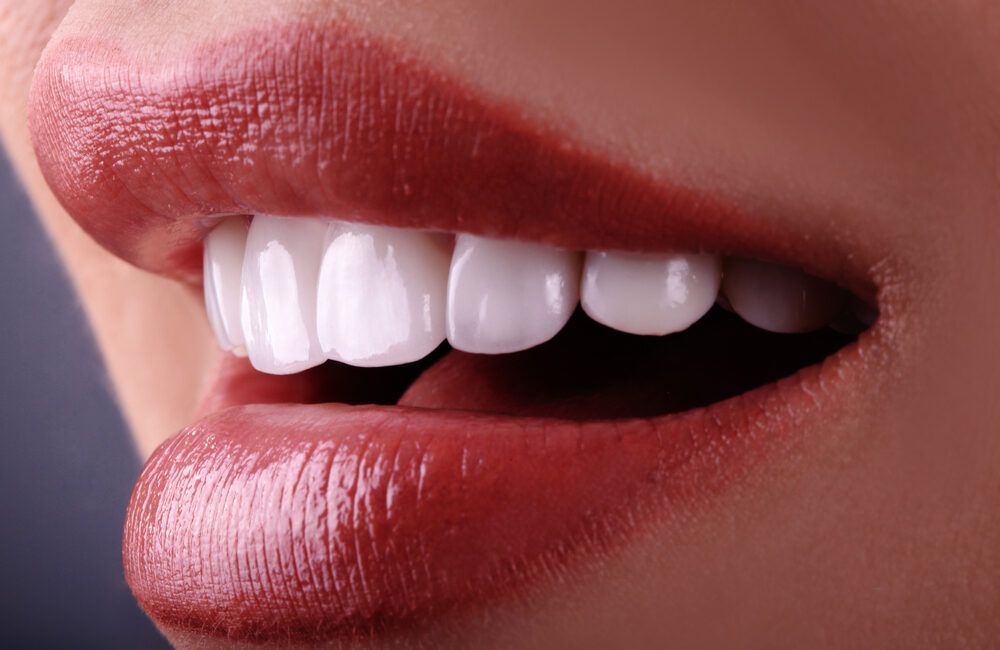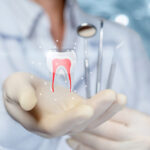What is The Difference Between Dental Restorative Options?

There are several dental restorative options to treat damaged or decayed teeth and cavities, including fillings, inlays, onlays, and crowns. This article explores the differences between these options.
Fillings
A filling is the most common and basic dental restoration. When a tooth develops a small hole or cavity, dentists utilize a filling to fill the hole and seal it, thus preventing the cavity from enlarging. Dentists can craft fillings from a range of materials, such as amalgam, gold, and composite resins, making them the most affordable, rapid, and efficient treatments for addressing minor tooth decay.
Inlays
Dentists typically require inlays when the cavity within the tooth becomes excessively large and deep. In contrast to a filling, which employs composite material for space-filling and can be accomplished in a single visit, in the case of an inlay, a dental laboratory crafts a precise solid piece of material (such as porcelain, ceramic, or gold) to fit snugly within the vacant area. Unlike fillings, inlays hold for a significantly longer time without shrinkage or staining, and they are also more aesthetically appealing.
Onlays
Unlike fillings and inlays, Dentists use onlays to restore a larger part of the tooth. The area an onlay covers involves one or more of the cusps of your tooth, whereas, inlays and fillings cover the area inside of your tooth between the cusps. Similar to inlays, dental professionals fabricate onlays within a dental laboratory, necessitating more than one patient visit to finalize the restoration.
As with inlays, onlays are more durable and match your teeth better than composite fillings. Onlays also don’t require the removal of significant tooth structures like crowns do.
Crowns
A dental crown is the largest restoration out of the four dental restorative options, as it covers the entire tooth surface above the gum line. Crowns are necessary when there is significant damage to the tooth and the natural tooth structure is no longer enough to support everyday chewing. Crowns can also be made to cover misshapen or discolored teeth and to cosmetically enhance your smile.
At the first visit, your dentist will prepare the tooth by grinding it down if necessary, taking impressions, and placing a temporary crown. Similar to inlays and onlays, a dental laboratory creates crowns to imitate your natural teeth using materials like stainless steel, all metal (such as gold or another alloy), porcelain-fused-to-metal, resin, or ceramic. The dental professional cements the permanent crown approximately two weeks after the initial appointment.













Leave a Reply